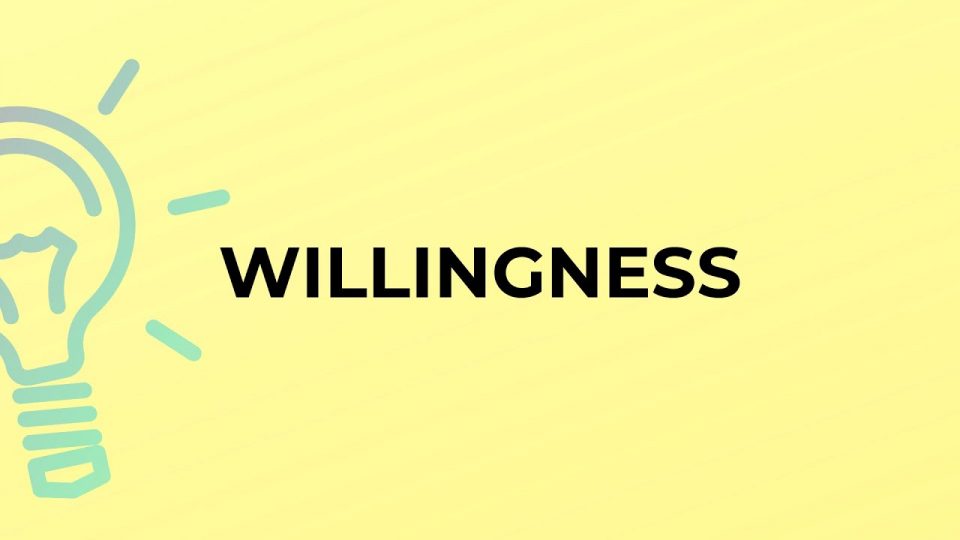KEY POINTS
- Do one thing at a time to maximize your effort.
- Practice willingness instead of gratitude.
- Set a laser focus on your values.
The new year is a representation of a fresh start. An opportunity to do things differently, better. Full of possibilities for the future you want to bring to fruition.
Want that new job? To feel better in your skin? What more fulfilling relationships?
You can have any of those things. But chances are, you set the intention at the start of the year and then get distracted by the trials of life (understandably so). Instead of setting resolutions and affirmations, none of which have brought the change you’ve desperately wanted, let’s try something different.
Here are three things you should do differently going into the new year to get you closer to the life you want.
Do one thing at a time
Your attention is a limited resource, but most of us treat our attention as if it is limitless. We try to multitask and do all the things at once. But research shows the concept of multitasking doesn’t actually exist, our brains cannot manage two tasks simultaneously. Attempting to juggle multiple tasks takes more time and causes more error. This hinders all the wonderful aspirations you have for yourself. How you can fully go after that job, be with your family, and celebrate the milestones if your attention is constantly split?
This year, make an intention to be fully present with one thing at a time. If you find your mind wandering during key moments, be gentle with yourself (our minds love to wander) and just notice it. Once you catch that you’re trying to juggle too much, turn your attention back to what you’re doing right now. Do this as many times as needed. With practice, your attention muscle will become more focused, and you can give your full focus to what’s important to you.

Practice willingness (instead of gratitude)
Gratitude is great. It’s very beneficial to spend time acknowledging and internalizing what you have and are thankful for. But for many of us in a challenging season of life, gratitude can feel inaccessible. Instead, this year you should practice willingness.
Willingness is useful whenever we feel ourselves fighting a situation. (Why can’t it just be different?) Willingness is about meeting ourselves where we are, rather than wishing for a reality that isn’t there. Willingness involves three steps:
- Notice your emotions. Allow whatever is there, without judging feelings as good or bad. Just put a name on whatever you feel.
- Stop fighting to make the situation what you want it to be, and accept it for what it is. For example, you can say “Right now, the situation is this,” or “Although I may not like it, this is what I am dealing with in this moment.”
- Do whatever the situation calls for. Take the next, most effective step.
Take for example a parent with a baby who cannot sleep. The parent says, “Why won’t my baby sleep? How come I see other babies who are good sleepers? Why can’t my baby just relax? I give up.” Willingness is accepting that baby is not sleeping in this moment, and noticing the feelings of frustration and despair. Willingness is avoiding the urge to throw hands up, do the same thing over and over, or yell at a partner or caregiver, and instead decide to rock the baby, sing, or go for a car ride. The parent allows the emotions, without getting distracted from doing what is needed.
Practice willingness by asking yourself, “What does this situation call for?” and “What is needed in this moment?”
If you’re a more physically oriented person, you can practice willingness through a skill called willing hands. To practice willing hands, sit or stand with an upright posture and open your chest with your hands by your side (in line with your torso). Turn the palms of the hands upward and outward (if desired, you can slightly bend the elbows). Notice how your mood shifts when you take this open posture.
Make decisive choices based on your values
Many people miss opportunities for an enriched life because their choices aren’t aligned with their values.
Values are guiding principles. Integrity, dedication, generosity, and independence are all examples of values. Values give us direction, they motivate us, and they ultimately give life meaning. They can also help us make optimal decisions in crucial moments.
Think of your values like a North star. You can never arrive in “the North,” but as long as you’re moving in that direction, you can feel good about the steps you’re taking.
When faced with important decisions, ask yourself “What choice would be most consistent with what I care about in the long-term?”
If you aren’t sure of your guiding principles, try this values card sort to gain clarity. You can also use this worksheet from UC Davis for values-driven decision-making.
Do 2023 differently
If you want 2023 to be your year, try these three principles. Commit to one task at a time. Be mindful, open, and willing to do what works. Make decisions consistent with your values, and be unstoppable in 2023.

